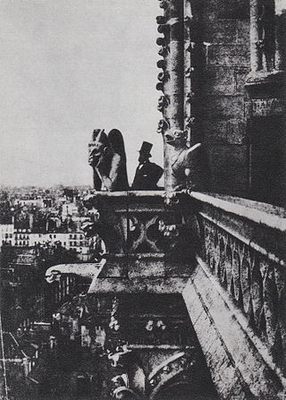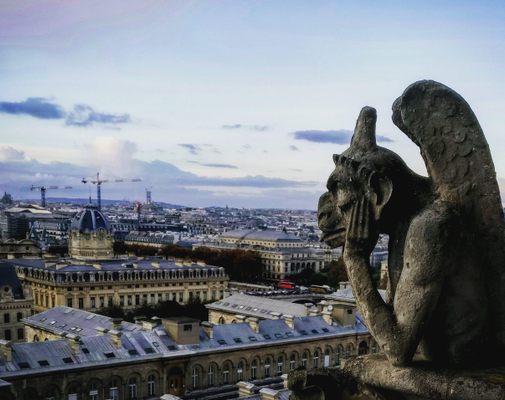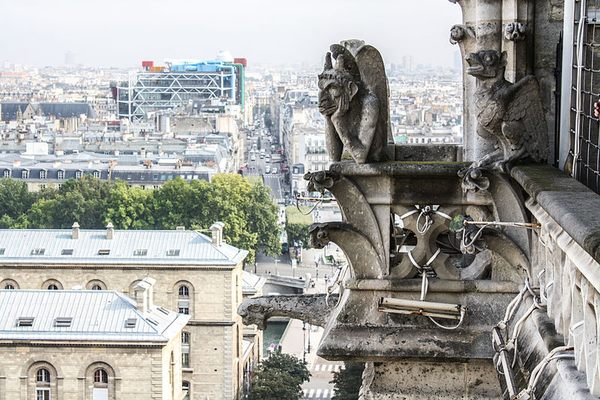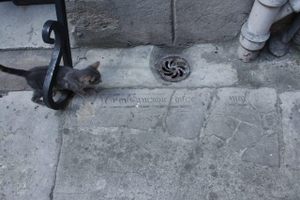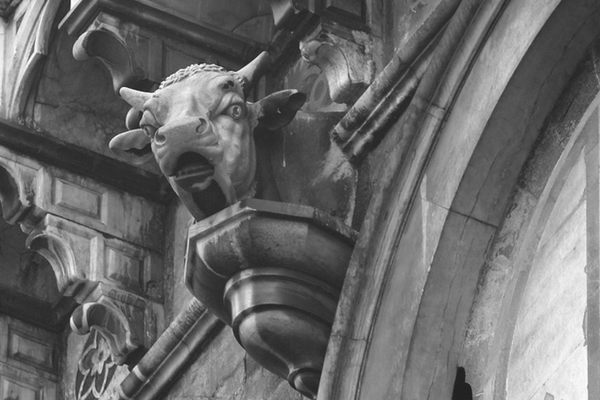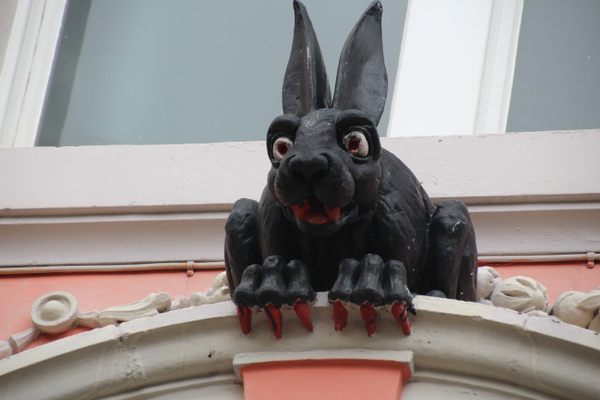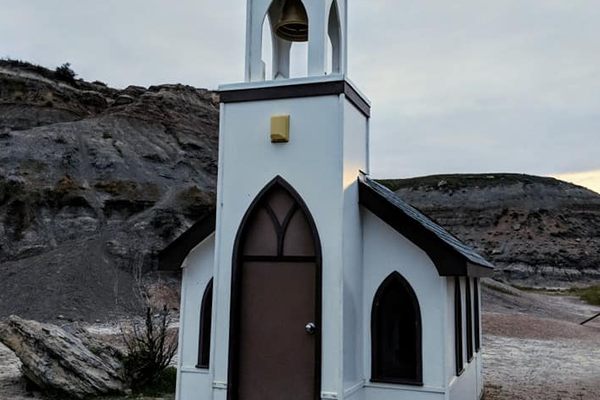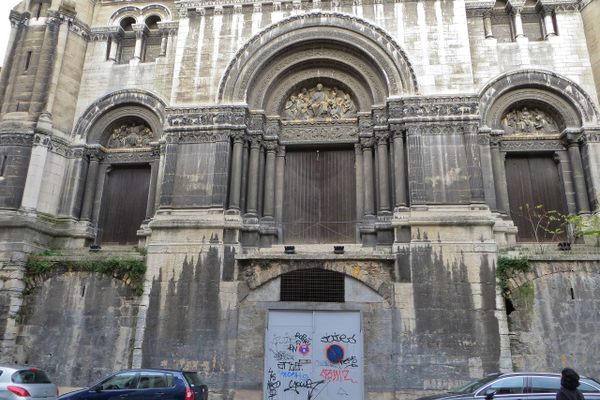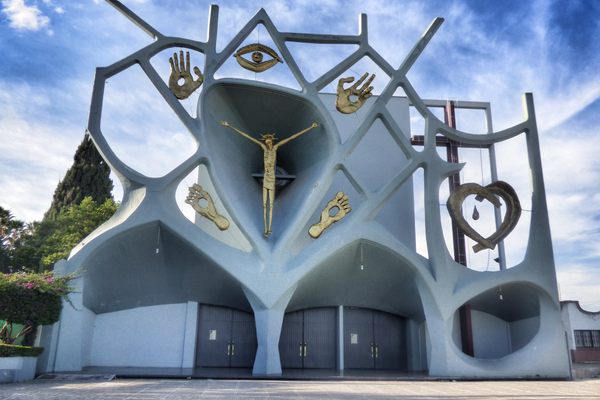About
A brooding beast perches atop the Notre Dame Cathedral. It gazes over Paris, looking utterly bored by the thrums of life in the city of love.
The decorative demon was created by architect Eugène Emmanuel Viollet-le-Duc, who was responsible for the cathedral's restoration during the 19th century. Contrary to popular belief, Le Stryge is technically a grotesque and not a gargoyle, as it does not act as a waterspout.
Though not a gargoyle, the structure is part of a rich architectural tradition. The concept of the chimera originates in the classical mythology of the Greco-Roman world and refers to a mythical beast that displays the physical characteristics of many creatures. In the Middle Ages, architects began to place sculptures of chimeras on cathedrals and churches, as it was believed their grotesque features would scare away evil spirits and even the devil. The chimera was therefore conceived to be a kind of architectural guard dog of holy places.
This architectural tradition was revived in the Victorian age, which was inspired by romantic ideas about the glory of former times, particularly the medieval era. Viollet-le-Duc was inspired by this movement and tried to consciously revive and pay homage to the past when designing Gothic ornamental features.
Le Stryge has often been called a "vampire" by Parisians, but it doesn’t actually bear any resemblance to one. It was intended to portray a generic demon.
Related Tags
Know Before You Go
Following the reopening of Notre Dame in 2024, the gargoyle is now visible again on the left tower when viewed from the front of the cathedral. He's about two thirds up.
Community Contributors
Added By
Published
February 18, 2019




